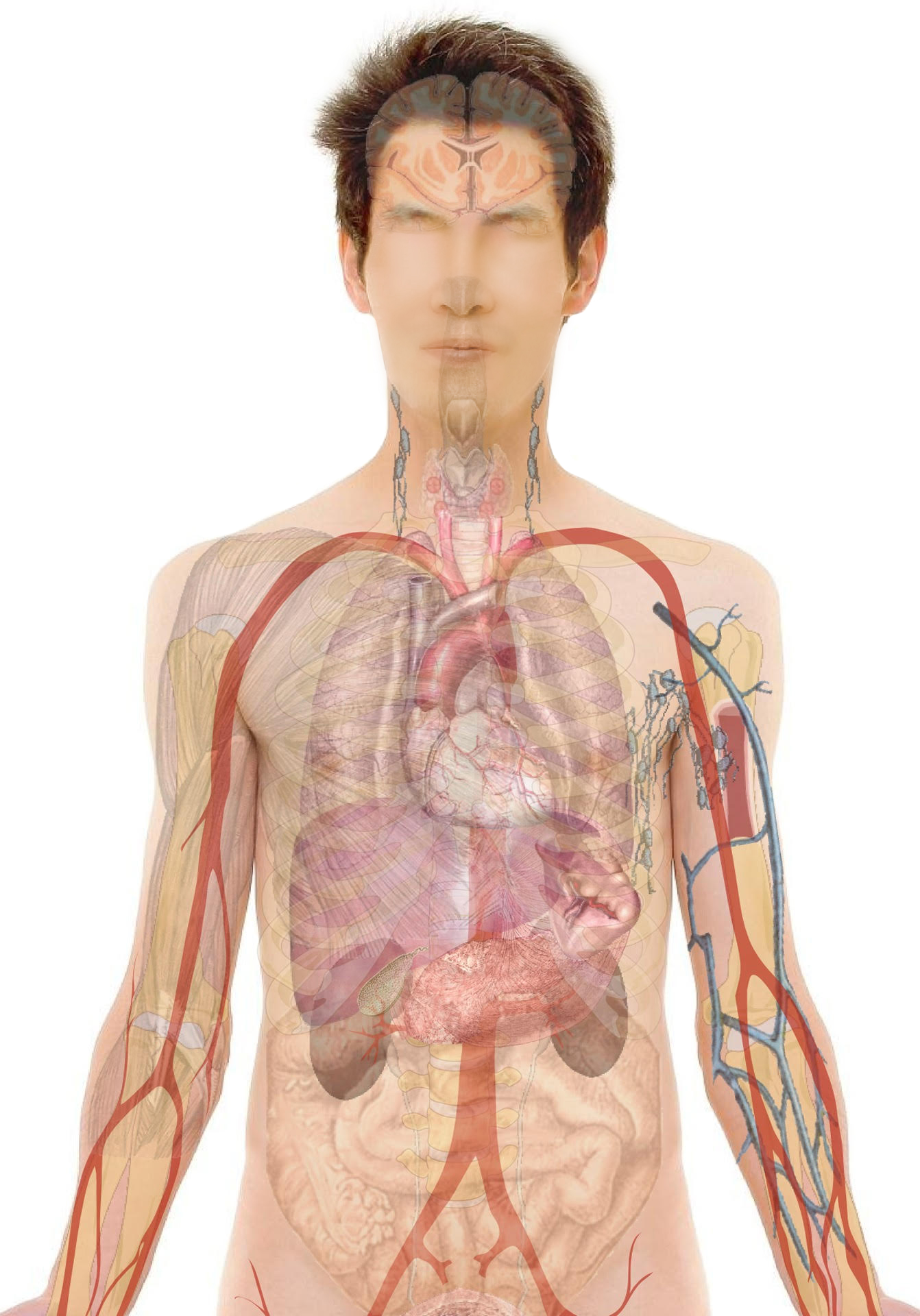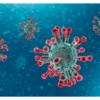Definition and Causes:
Carpal tunnel syndrome describes compression (pinching) of the median nerve in the wrist area.
Median nerve is required for feeling and movement, while its compression causes pain, numbness, weakness, and swelling of the thumb and some of the fingers of the hand.

Causes:
In most cases no direct cause is found, often associated with:
- Wrist fracture
- Inflammation (swelling) due to rheumatoid arthritis
- Activities that regularly put a strain on the wrist
Underlying conditions that may predispose to CTS include diabetes, uremia, hypothyroidism, amyloidosis, and pregnancy.
Symptoms:
- Tingling in thumbs, fore, middle and ring fingers
- Pain in the wrist and hands
- Decrease in grip strength
- Weakness in hands
- Wasting of muscle near the thumb

Investigations and Treatment:
INVESTIGATIONS
- Doctors will enquire about symptoms (felt by the patients interpreted by the doctor or a nurse). Pressure may be applied to various parts of the wrist and hand to determine extents of pain, tingling, and numbing effects
- Wrist X-ray:
- Maybe done to look for other conditions such as arthritis or wrist fracture
- Electromyography (EMG):
- Small electrodes are attached to the skin, allowing the doctor to observe the electrical conduction of nerves and resulting muscle behaviour
- Some blood work and urine samples may be sent for analysis; to see if there are any associated diseases, which are also risk factors for carpal tunnel syndrome; e.g. diabetes, arthritis, kidney failure, etc.
TREATMENT
Initially, the disease is treated conservatively such as:
- If associated with some other condition, for example, diabetes or thyroid problem treat the condition which is causing carpal tunnel syndrome first
- Avoid provocative factors such as; working on the computers for long hours
- Protecting the wrist by using gloves and support when working with heavy tools to decrease the impact of force
- Splints may relieve stress on the nerve and decrease numbness
Surgery:
Generally recommended if symptoms last for 6 months, surgery involves severing the band of tissue around the wrist to reduce pressure on the median nerve. Surgery is done under local anesthesia (numbing the area where the surgery is supposed to be performed).
Following are the different types of carpal tunnel release surgeries:
Open release surgery: Requires an incision up to 2 inches in the wrist and the ligament (band-like fibrous tissue; connecting bones to other bones) is severed which runs across to enlarge the tunnel. This aims to relieve pressure on the nerve. The procedure is generally done under local anesthesia on an outpatient basis. Although symptoms may be relieved immediately after surgery, full recovery from carpal tunnel surgery can take months.

Note: Some may have an infection, nerve damage, stiffness, loss of strength at the wrist, and pain at the scar. A surgeon treats infection if present and may advise physiotherapy post-surgically to build up the lost strength.
Endoscopic surgery: Requires 2 incisions (cuts) of about ½ inches each; one in the wrist and the other in the palm. A camera connected to the computer is attached to a tube (endoscope) is inserted through the incision; display the structures on the computer screen, with a cutting tool it cuts the ligament (band-like fibrous tissue; connecting bones to other bones) running across to enlarge the tunnel. The procedure is performed under local anaesthesia is effective with minimal scarring. Generally allows individuals to resume some normal activities in a short period of time.
Recurrence of carpal tunnel syndrome following treatment is rare. The majority of patients recover completely.

Medications:
Oral agents:
- Such as oral steroids, non-steroidal anti-inflammatory drugs (ibuprofen\naproxen) and diuretics (water pills)are widely used, but there is no clinical evidence for their role except for some temporary relief by reducing local swelling and pain
Steroid injections:
- May be given at the wrist, although research suggests, that benefits are short term about 1-3 months. Some of the agents used are hydrocortisone, methylprednisolone

Steroid medications

Risk Factors and Prevention:
Work or activities which are stressful on the wrist such as: tennis, knitters, use of vibrating tools.
Manage by:
- Stretching and taking breaks often
- Using splints and non-steroidal anti-inflammatory(NSAID) drug
- Using gloves to lessen the impact of vibration during the use of vibrating tools
Medical conditions which may cause risk of developing carpal tunnel syndrome
- Kidney failure
- Diabetes mellitus
- Menopause
- Pregnancy
- Thyroid problems
- Rheumatoid arthritis
Outcome:
- Symptoms improve with treatment in most cases
- Use of more ergonomic equipment is recommended which is designed to reduce fatigue, discomfort and maximize productivity at home or at work. It also decreases the likely hood of recurrence








